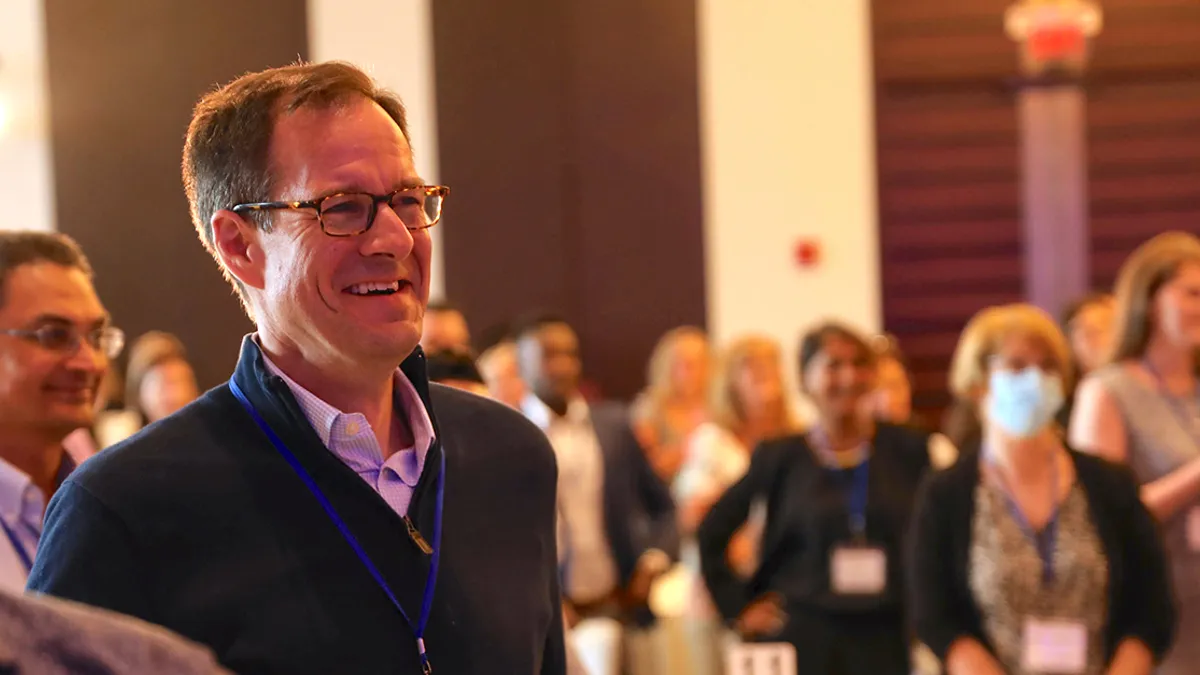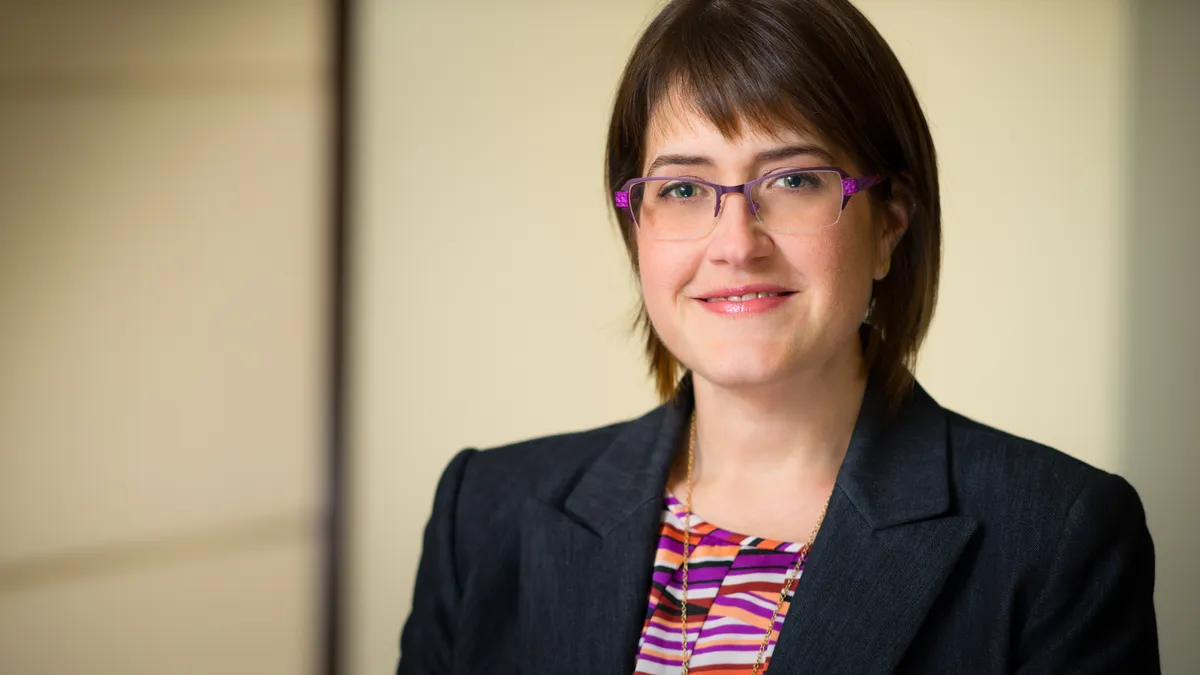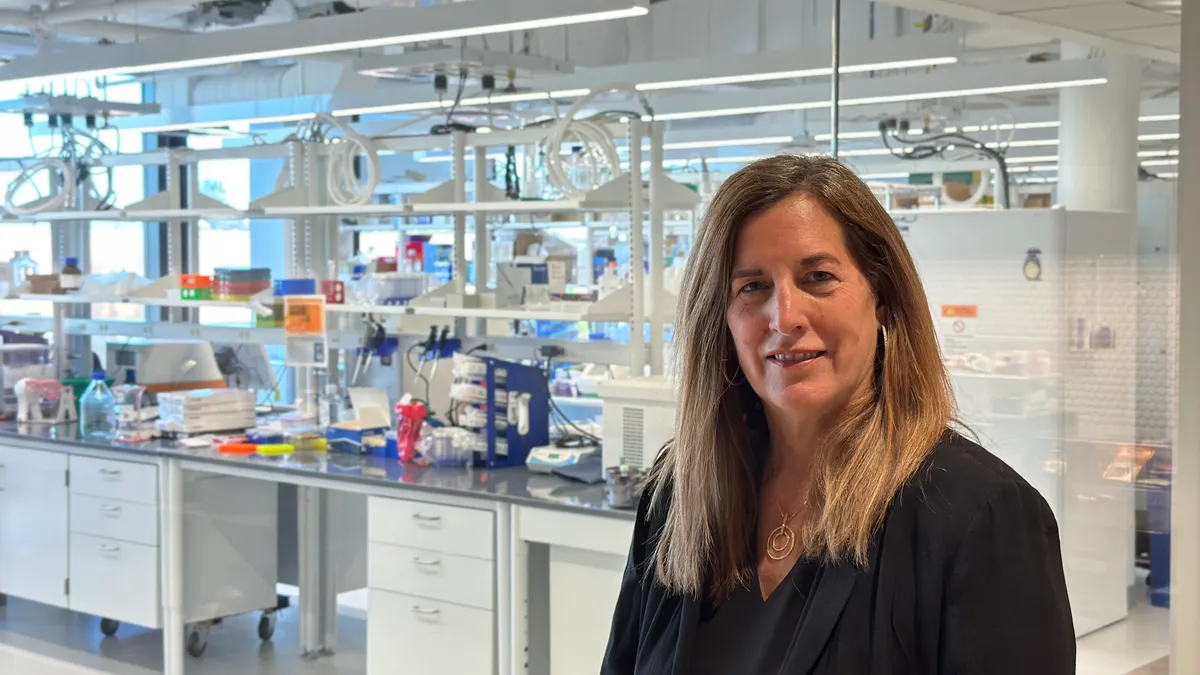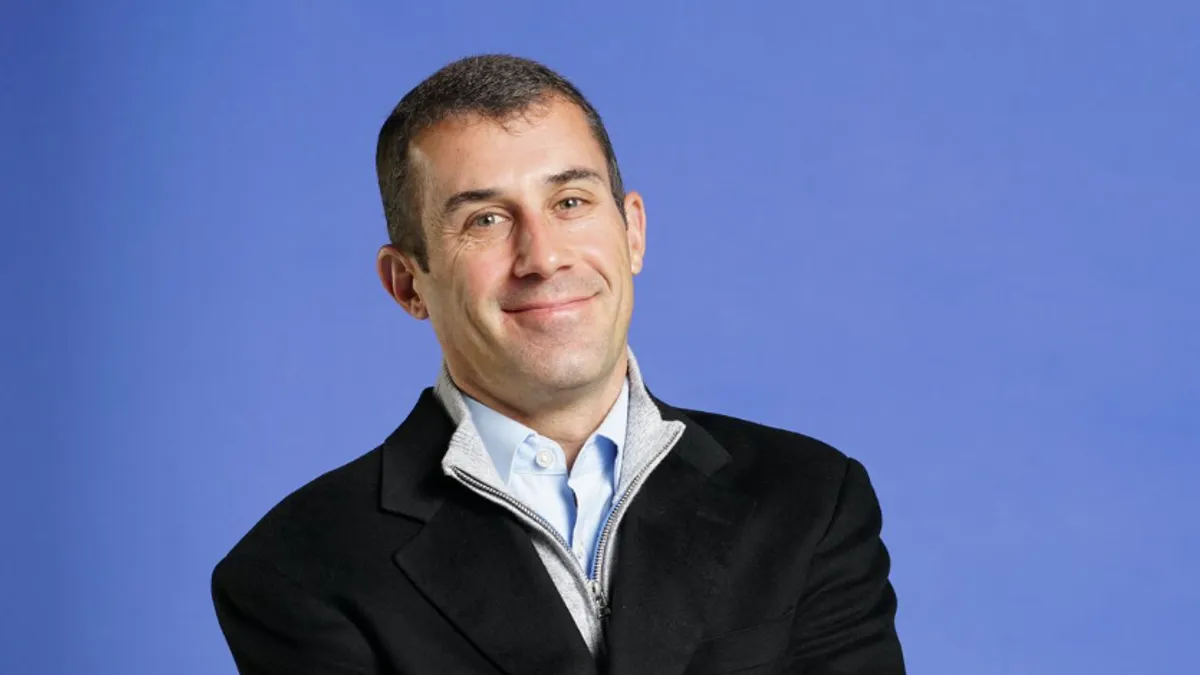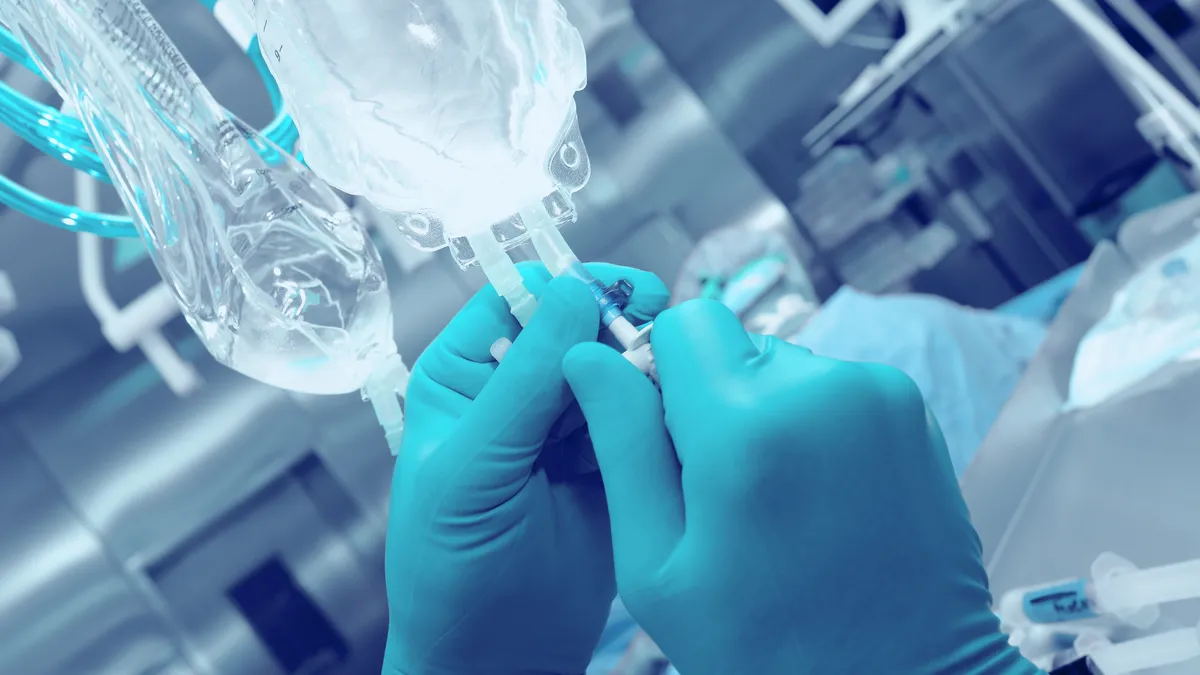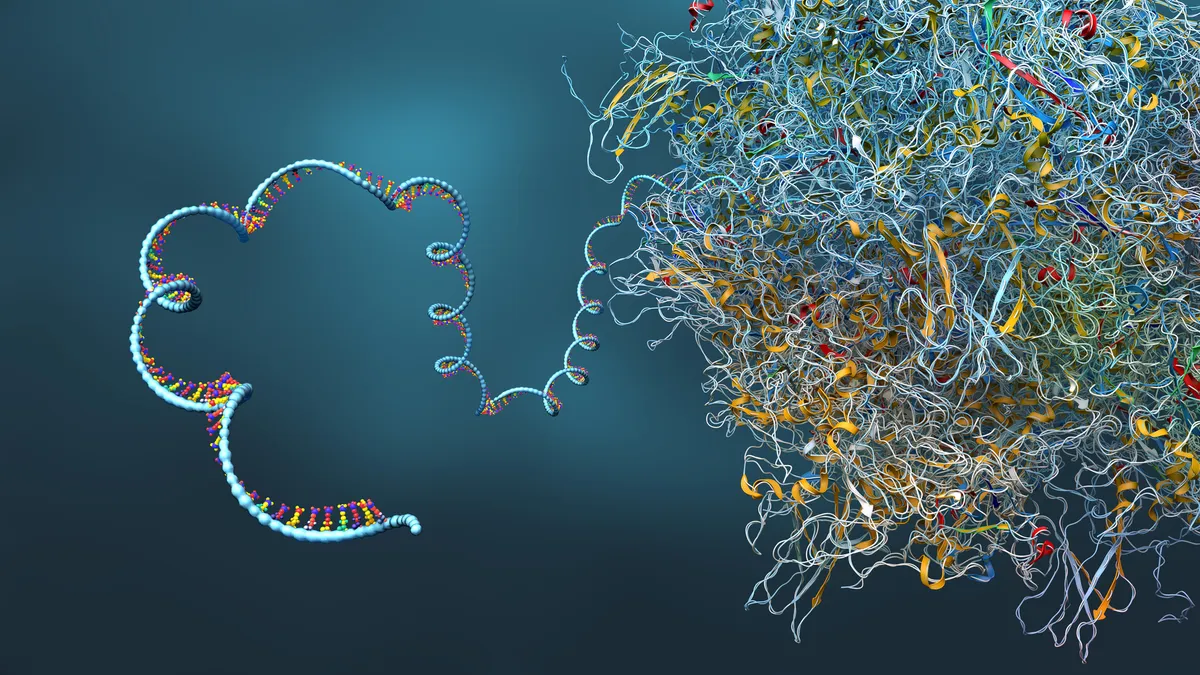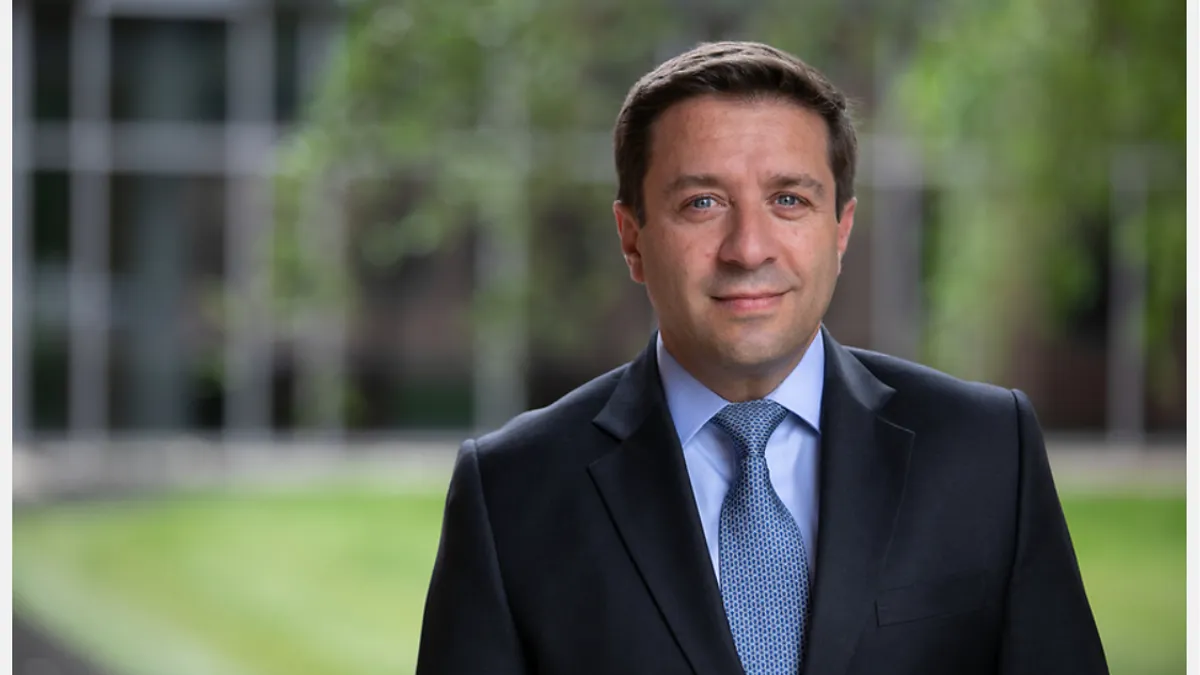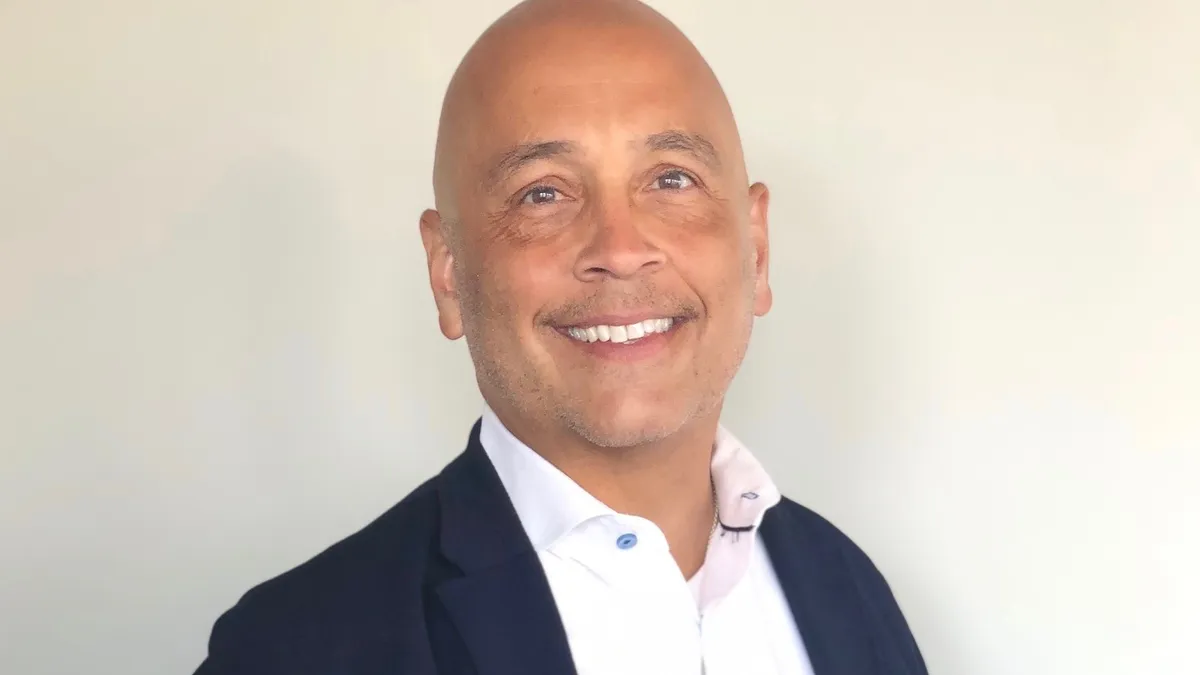Welcome to First 90 Days, a series that examines how pharmaceutical executives are planning for success in their new role. PharmaVoice recently spoke with Susan Sobolov, president of RIGImmune, who stepped into the role in May to help take the startup, which is developing a new class of immunotherapies designed to target RNA respiratory viruses that cause illnesses such as the flu and COVID-19, to the next level.
Respiratory viruses mutate quickly and researchers have long been racing to keep up. Now, a prominent duo of Yale University scientists are hoping to get ahead of these ever-changing pathogens by harnessing the innate immune system to develop novel treatments, vaccine adjuvants and boosters that could potentially provide broader pan-viral protection.

Launched last month, RIGImmune is the brainchild of Yale professors Akiko Iwasaki, known for her work in long-COVID and Lupus, and Anna Marie Pyle, a Sterling professor in the Department of Molecular, Cellular and Developmental Biology and the Department of Chemistry. With a focus on stem-loop RNA therapeutics (SLRs), RIGImmune plans to develop treatments that work by selectively activating a protein called retinoic acid inducible gene I (RIG-I) — a receptor family Pyle co-discovered.
RIG-I can recognize common molecular features from these RNA respiratory viruses, triggering an early defense mechanism in the body. The company says it’s drugs will work by harnessing this response with an agonist.
RIGImmune, which has been working behind the scenes for two years, timed its September launch to coincide with the announcement of its acquisition of Subintro, a complementary biotech working to develop antiviral treatments for RNA viruses, such as the flu, rhinovirus, respiratory syncytial virus (RSV) and SARS-CoV-2. The acquisition gives RIGImmune access to the company’s novel, intranasal delivery formulations.
A number of companies are also developing intranasal COVID-19 vaccines because they’ve shown promise in boosting immunity in the airway where viruses enter the body. But there have been setbacks as well. A recent phase 1 study of an AstraZeneca intranasal vaccine for COVID-19 published by The Lancet found that it did not produce the big boost in mucosal immunity as hoped.
Currently, RIGImmune has only publicly discussed one preclinical compound, RIG-101, which has already checked a few boxes. So far, it’s demonstrated preclinical efficacy and tolerability as well as proof of principle in multiple viral respiratory disease and oncology models. The company is now conducting IND-enabling activities for RIG-101 for use as an influenza treatment and an adjuvant to be used with conventional and investigational mRNA flu vaccines.
Company president Susan Sobolov is now working to build on the momentum of its launch. Sobolov came to RIGImmune from her role as chief operating office for Caelum Biosciences, which was acquired by Alexion Pharmaceuticals (now owned by AstraZeneca) last fall for its phase 3 AL amyloidosis antibody. In her new role she will help bring together the company’s scientific experts and build the structure that will help the company position itself for the next phases of clinical development.
Even as it works to develop RIG-101 for influenza, the company is looking into the promise of leveraging the technology against some cancers and, with the use of antagonist, control inflammation related to certain types of autoimmune diseases
Here, Sobolov talks more about how the company is laying the groundwork for its science and her role in moving the company toward its goals.
This interview has been edited for style and brevity.
PHARMAVOICE: What has your focus been since you started with the company in the spring?
SUSAN SOBOLOV: As part of preparing the company, we had to do critical things to set up RIGImmune for success, including successful seed fundraising, and working closely with our founders to advance on their foundational work through innovative scientific approaches. And of course, we had to initiate building out our team once we had funding in place. And key to all of this, of course, is to build out our operational plans to really advance our programs for our RNA immunotherapeutics — a really important piece (for) any small company.
And with our RNA therapeutics, we had to look for what kinds of novel formulation and delivery technologies we could combine. And that led us to the acquisition of Subintro. We’re really excited to have their expertise and their novel, intranasal delivery formulations.
How big is your team now?
We're small, but powerful. With our acquisition, we are a team of six with a network of subject matter consultants. We are building and we are hiring, but as a small company, at our stage we are also being very thoughtful about it.
What is RIGImmune’s mission overall?
Our vision is that combining our immune-modulating RNA therapeutics with our novel delivery system, RIGImmune has unique potential to transform how RNA viral respiratory diseases, such as SARS-CoV2, influenza, and also select cancers, are treated globally.
We're very ambitious as a small company and we’re progressing our programs in a number of areas. Our lead program is a (preclinical) molecule that we call RIG-101, which we're advancing for influenza. And then with our Subintro acquisition, we're now developing novel formulated SLRs — our molecules are stem-loop RNA therapeutics that we call SLRs. With the new formulated SLRs for local mucosal delivery, we'll be looking at those in a broad range of RNA respiratory viruses.
"My goal now is to help build a company in a sustainable manner and really advance our strategy."

Susan Sobolov
President, RIGImmune
Additionally, we also have a program looking at using our molecules as adjuvants in combination with vaccines. And as I said, we also have an exploratory program for IV delivery for certain cancer applications.
Can you tell me a little bit more about your work in oncology?
Because the agonist modulates the innate immune system, it works not only for RNA viruses, but other types of mutated DNA that's found in cancers. And so those are another application. That's really more of an exploratory program. We're ambitious, but we're also focused first on the RNA respiratory viral diseases.
How do you view your role as president of the company?
My philosophy was to listen and learn from both the founders. And our growing team took the same approach with Subintro, really listening — they're the experts and making sure they have what they need. So, learning about the organization, taking note of what's already in place in both sides, both our original RIGImmune, original Subintro, and now our combined company, together.
My goal now is to help build a company in a sustainable manner and really advance our strategy. So, myself like my expectation of all of the team, is being strategic. I'm probably more externally focused to ensure the advancement of the company. But I am as much of a roll-up-my-sleeves operational person, as I expect from everybody else.
How do you plan to distinguish RIGImmune from the competition?
We have a real opportunity because our co-founders have specialized in RIG-I and understand the structure and function. It has led us to have the unique ability to create these novel stem-loop RNA therapeutics. And our lead molecule is specifically targeted to RIG-I with optimized pharmaceutical properties, and to date, a favorable tolerability profile. So, that I think is really key, that selected specific molecule based on (Pyle’s) structural work, and then add to that bringing in Subintro with their novel intranasal delivery formulation. I think it sets us up to be able to deliver a best-in-class therapy for viral RNA respiratory diseases.
What would you say you're most excited about with regard to the company?
When I joined the company, I was really inspired by the science, the scientific foundations that (Pyle) and (Iwasaki) had developed in their start of the company, and the ability with my experience to help build RIGImmune. And now five months in, seeing what we've already accomplished, I'm even more excited to be leading the company. The coming together of the scientific expertise and drug development experience, and now having formulation and delivery capabilities, I'm really excited about where we are going as a company.







